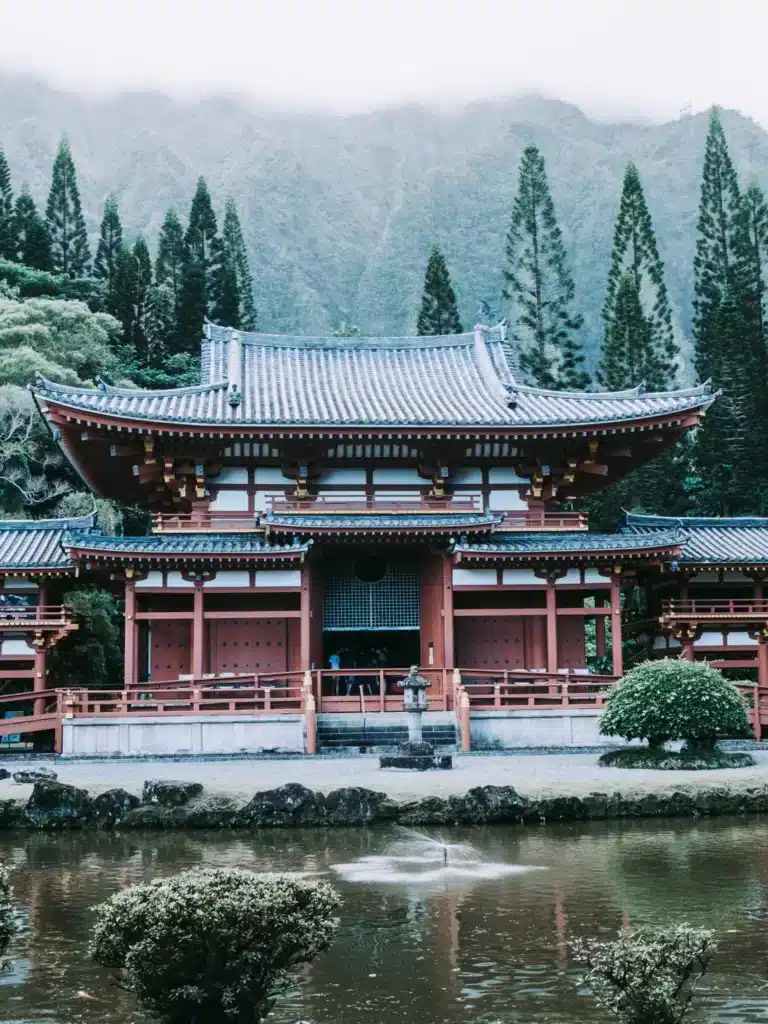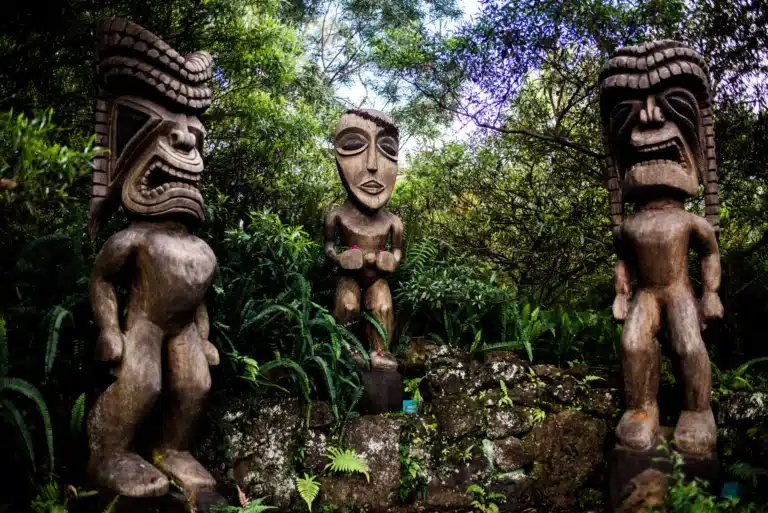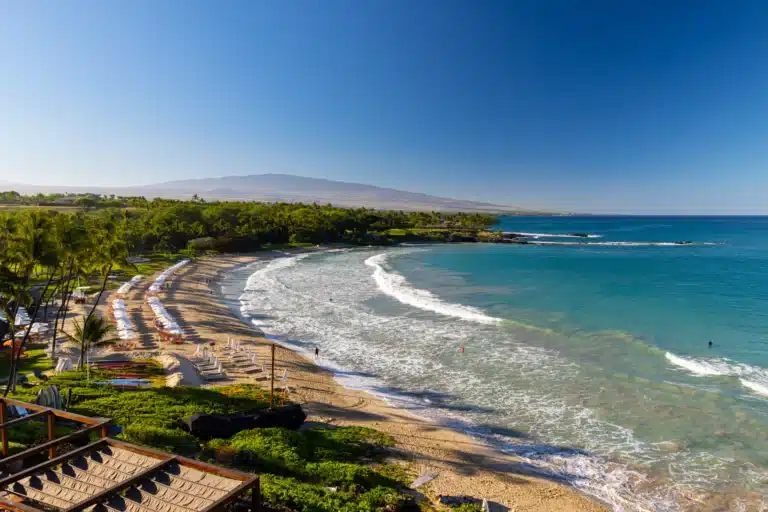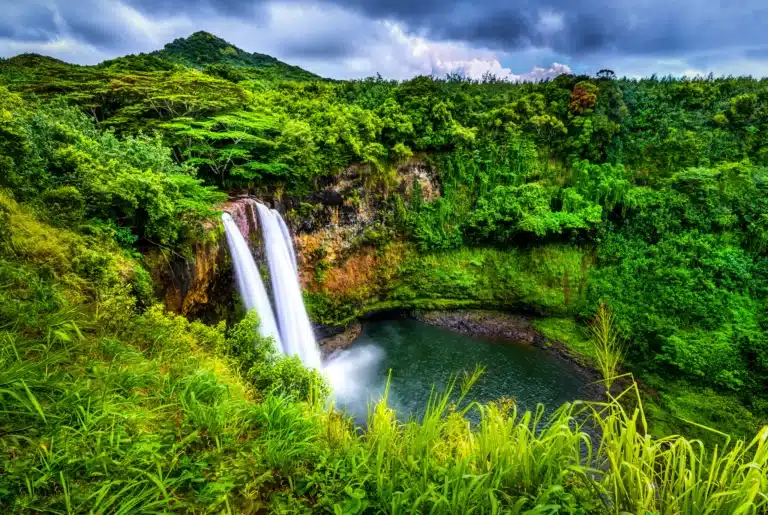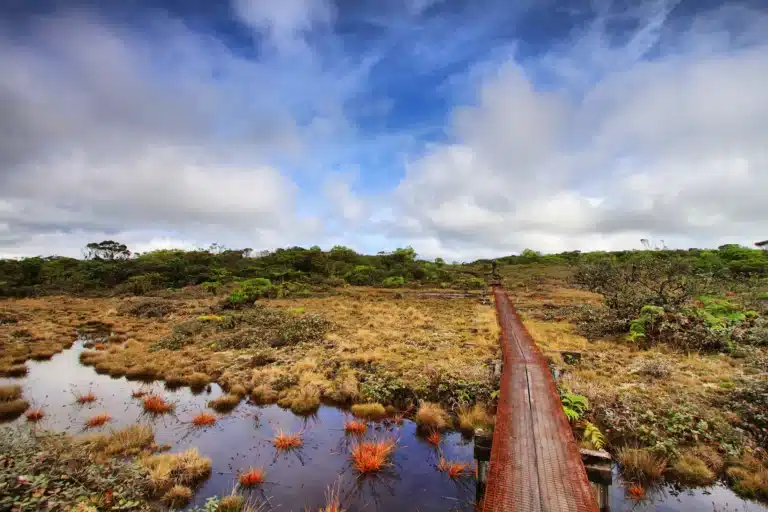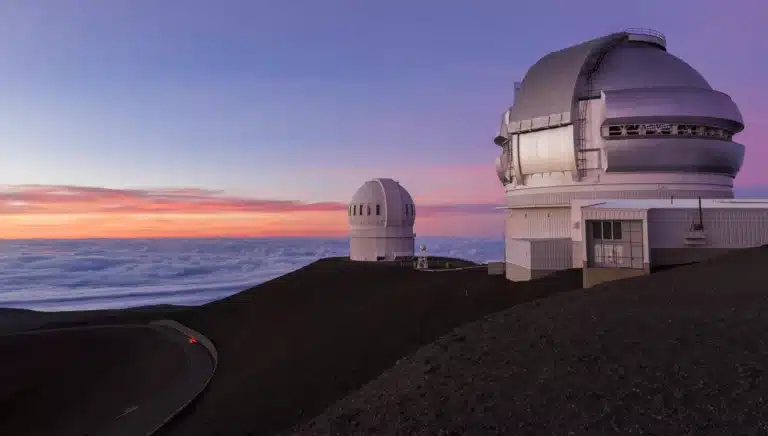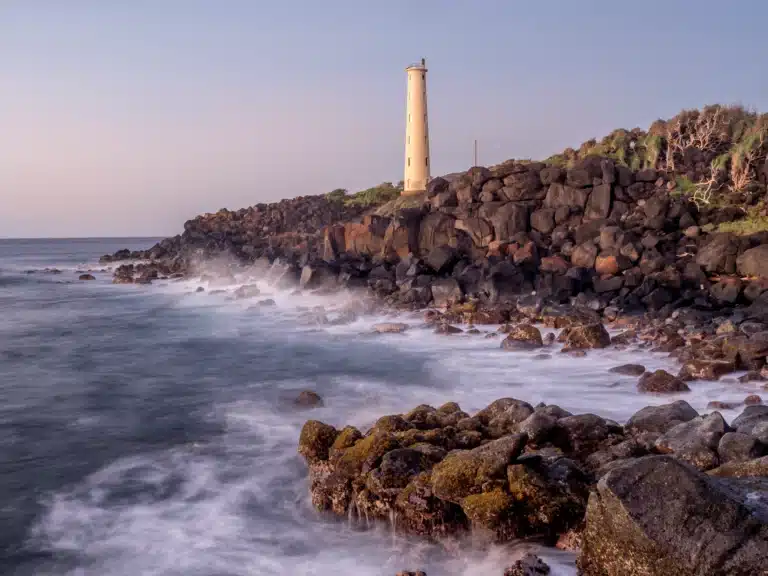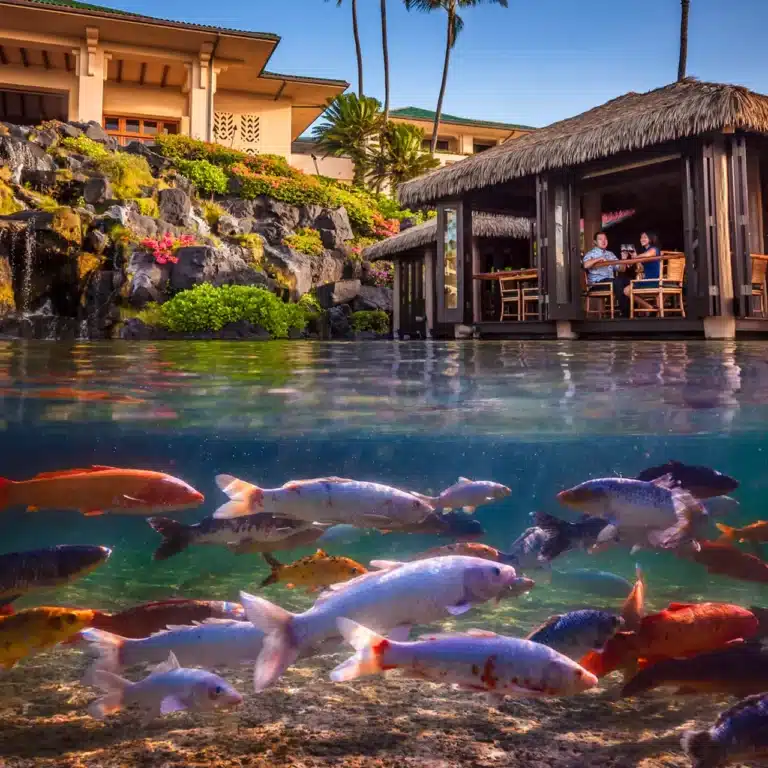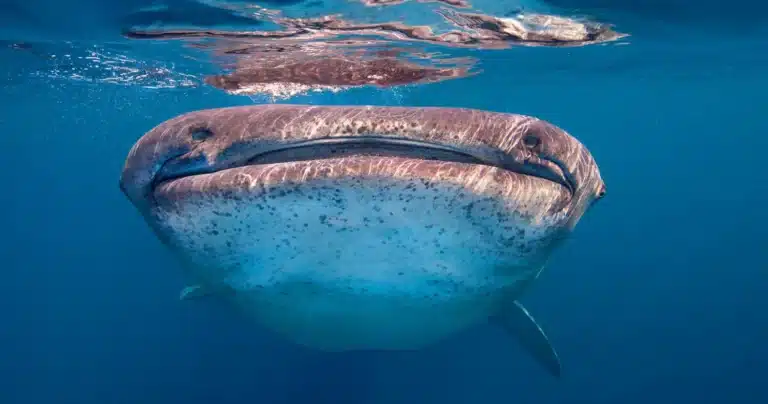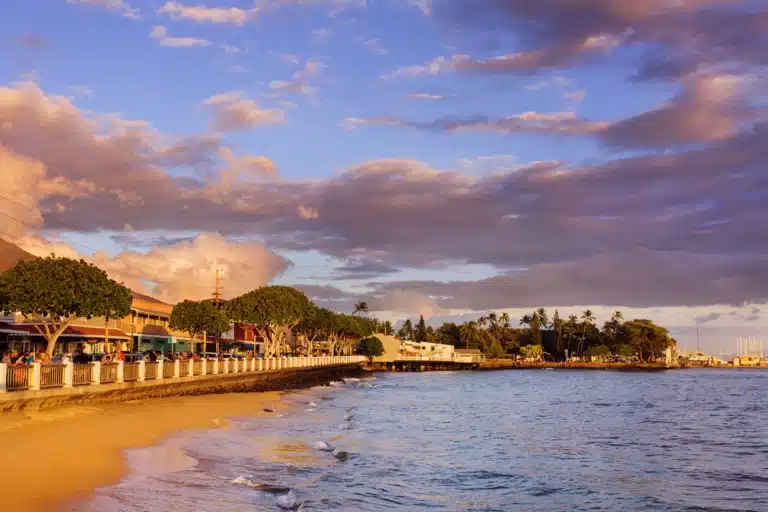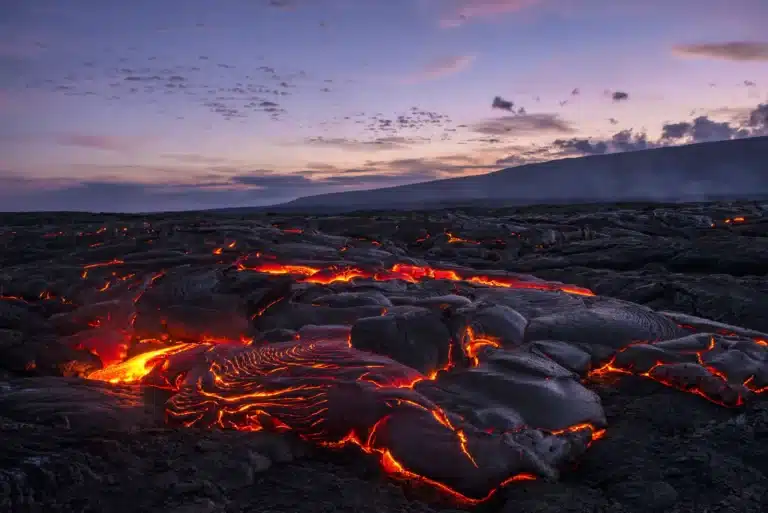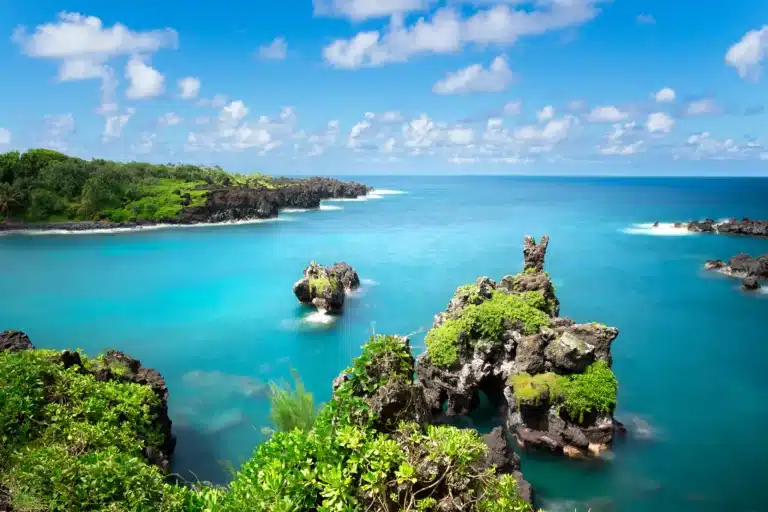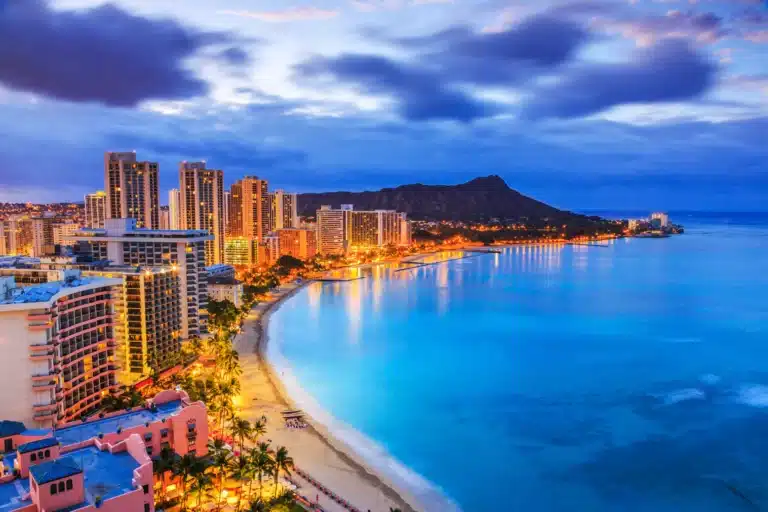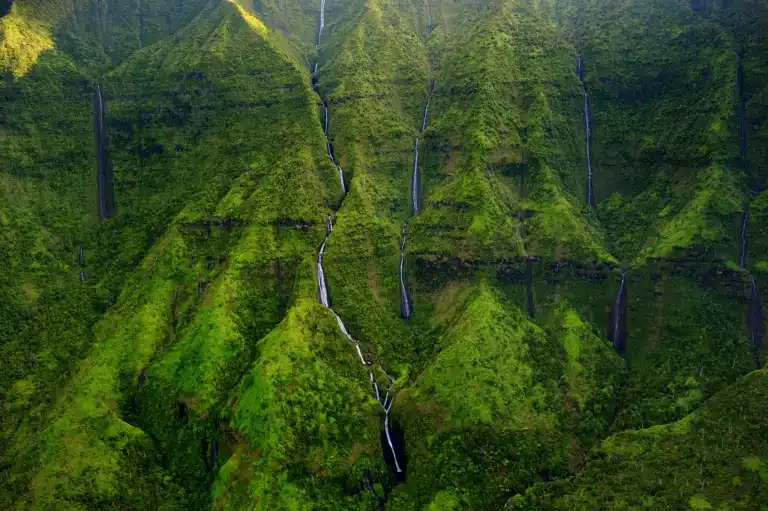Hawaii’s Climate: Understanding Weather Patterns across the Islands
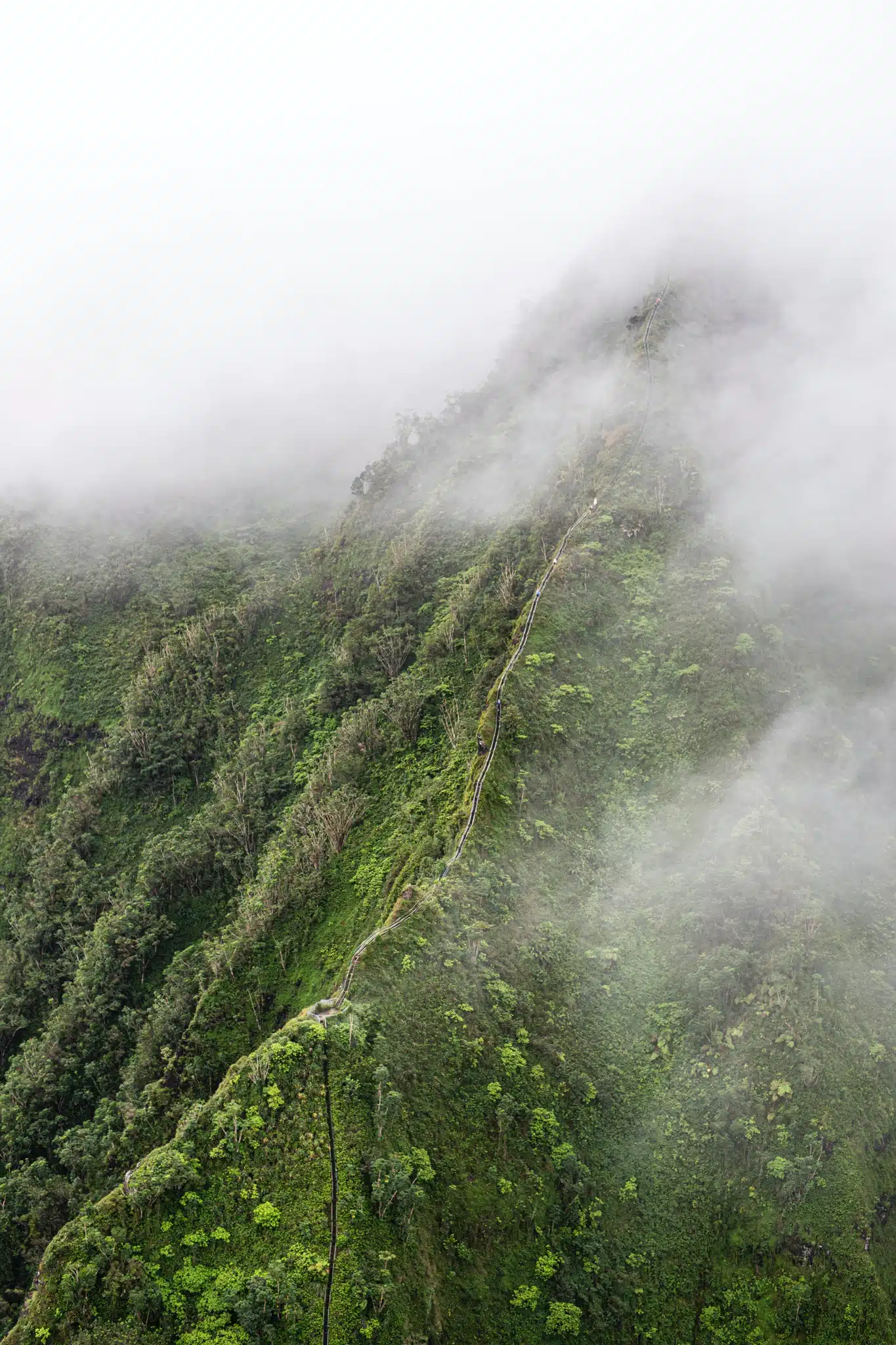
Welcome to Hawaii, a tropical paradise known for its breathtaking landscapes, vibrant culture, and diverse climate. The Aloha State’s unique weather patterns contribute to its beauty and allure, making it a dream destination for travelers worldwide. In this guide, we will discuss Hawaii’s climate and weather patterns, offering valuable insights to help you plan your visit and make the most of your time in this enchanting destination.
The Hawaiian Climate: Overview
Hawaii’s climate is primarily tropical, thanks to its location near the equator. The islands experience warm temperatures year-round, with cooling trade winds providing a refreshing breeze. However, the Hawaiian Islands also boast a range of microclimates due to variations in elevation, topography, and exposure to the trade winds. From lush rainforests to arid deserts, these microclimates create a diverse array of environments for you to explore.
Weather Patterns by Island
Each of the main Hawaiian Islands has its unique weather patterns and climate variations:
- Oahu: Home to Honolulu, Oahu experiences a relatively mild climate with occasional rain showers. The windward (eastern) side of the island receives more rainfall, while the leeward (western) side is drier and sunnier.
- Maui: Maui’s weather can vary greatly depending on the area. The windward side is wetter, while the leeward side is drier. The summit of Haleakalā can be significantly colder due to its high elevation.
- Kauai: Known as the “Garden Isle,” Kauai has a lush and wet climate, particularly on the windward side. The island’s Mount Waialeale is one of the wettest places on Earth.
- Hawaii (Big Island): The Big Island has the most diverse climate of all the islands, ranging from tropical rainforests to snow-capped mountains. The windward side is wetter, while the leeward side is drier and features the sunny Kona coast.
- Molokai: Molokai’s climate is generally drier on the western side and wetter on the eastern side. The island’s north shore features the world’s tallest sea cliffs, which create a dramatic and unique landscape.
- Lanai: Lanai has a drier climate overall, with the leeward side of the island being particularly arid. The island’s highlands can be cooler and experience more rainfall.
Seasonal Variations
Hawaii has two primary seasons: the dry season (April to October) and the wet season (November to March). During the dry season, you can expect sunnier days and less rainfall, while the wet season brings more frequent showers and higher humidity. These seasonal variations can impact your travel plans and activities, so consider your preferences when planning your visit.
Weather Hazards and Safety Tips
While Hawaii is undoubtedly a paradise, it’s essential to be aware of potential weather hazards, such as hurricanes, flash floods, and high surf. To stay safe during your visit, pay attention to local weather forecasts, follow any warnings or advisories, and familiarize yourself with evacuation routes and emergency procedures. Preparation is key to ensuring a safe and enjoyable trip.
Best Time to Visit
The best time to visit Hawaii depends on your preferences for weather, activities, and events. Generally, the dry season offers more favorable weather for outdoor activities, while the wet season provides opportunities for experiencing Hawaii’s lush greenery. Peak tourist seasons, such as summer and winter holidays, can be more crowded and expensive, while off-peak seasons may offer better deals and fewer crowds. Ultimately, the ideal time to visit will depend on what you value most in your Hawaiian vacation experience.
Climate and Environmental Conservation
Hawaii’s unique climate and ecosystems contribute to the islands’ natural beauty and make environmental conservation a top priority. As a visitor, you can help protect Hawaii’s environment by respecting local customs, following Leave No Trace principles, and supporting eco-friendly businesses and practices. By doing so, you’ll not only enhance your travel experience but also preserve the beauty of the islands for future generations.
Conclusion
Hawaii’s diverse and captivating climate plays a significant role in shaping the islands’ unique charm and appeal. By understanding the weather patterns across the islands, you can better plan your trip and fully appreciate the wonders of the Aloha State. We hope this guide has provided valuable insights to help you make the most of your Hawaiian adventure. Enjoy your travels!
Join Hawaiians.
Get discounts, trips ideas, exciting news, and much more. Delivered right to your inbox, for free.
Discover More Essential Information
Explore ‘Essentials’ for enriched Hawaii travels. Dive into local culture, history, and nature for a truly immersive experience.
Ocean Safety in Hawaii: Understanding Rip Currents, Coral Reefs, and More
Living Off-Grid in Hawaii: Sustainable Living in Paradise
An Overview of Buddhism in Hawaii
Polynesian Migration: The Discovery and Settlement of Hawaii
The Origin and Evolution of Hawaiian Luaus
Hawaiian Biodiversity: A Microcosm of Evolution
Explore More of Hawaii
Beyond the Horizon, More Paradise Awaits – Dive deeper into the multifaceted charm of Hawaii, and continue your journey of exploration.
Explore the Islands of Hawaii
Discover your perfect escape – from Oahu’s lively cities, Maui’s picturesque shores, Kauai’s verdant landscapes, to Big Island’s volcanoes.
Join Hawaiians.
Get discounts, trips ideas, exciting news, and much more. Delivered right to your inbox, for free.


